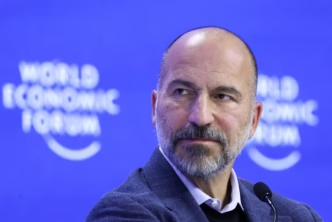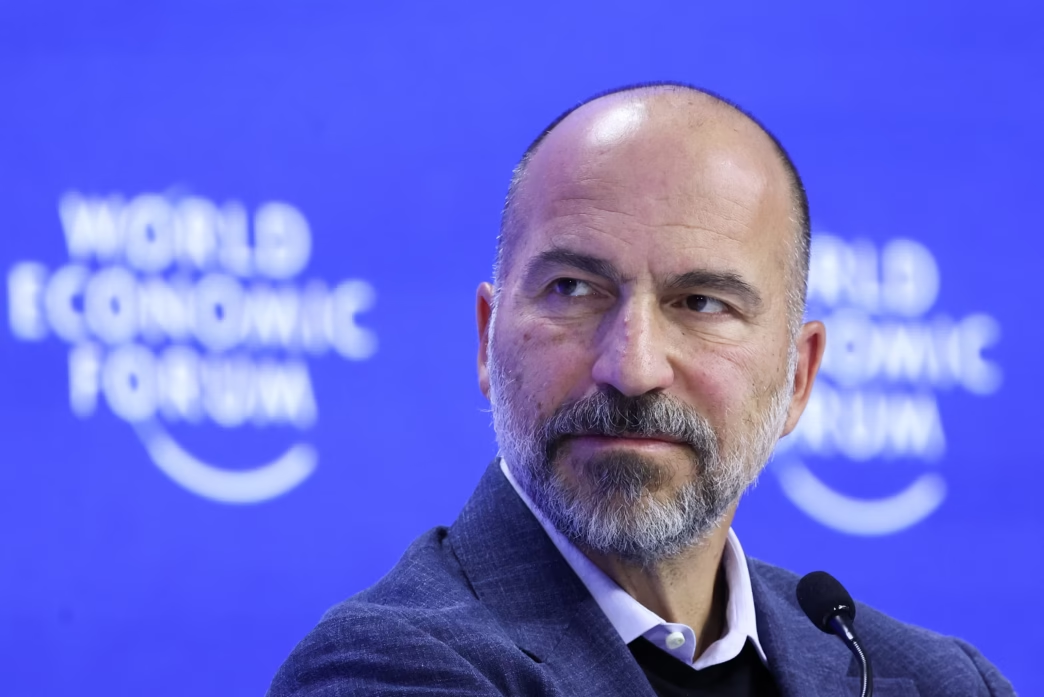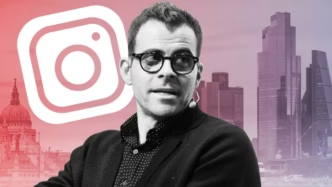Uber has started testing a new security feature in India that could reshape how drivers protect themselves on the road. The company is quietly piloting in-app video recording, a tool designed to capture key moments during a trip to prevent misconduct and settle disputes. The move signals a bigger shift in how Uber wants to address safety in one of its most active and challenging markets.
Across India, most drivers do not install dashcams. Hardware is expensive, hard to maintain, and not always allowed in certain locations. Because of this, drivers often feel exposed when situations escalate. Many rely only on verbal communication or customer support calls when riders behave badly or try to mislead support teams.
That gap created a need for a simple, secure option. Now, Uber aims to fill it with a solution built directly into its app.
Several drivers across the Delhi–NCR region said trips sometimes turn tense, especially late at night or in unfamiliar neighborhoods. Some riders insist on using their own routes. Others threaten to file false complaints if the driver refuses. A few drivers said these false reports can result in warnings, penalties, or even temporary account blocks.
Drivers who have already tried the new feature say it gives them a sense of protection. They believe video evidence could help resolve disputes faster and more fairly. However, some still wonder whether Uber will support them when the rider is the paying customer. They worry that riders can easily switch platforms, leaving drivers more vulnerable.
Still, the tool marks a meaningful step toward balance in the relationship between driver and rider.
Uber began rolling out the pilot quietly in May. The test now spans ten major Indian cities: Delhi, Mumbai, Bengaluru, Chennai, Pune, Hyderabad, Chandigarh, Kolkata, Jaipur, and Lucknow. As the pilot grows, more drivers are gaining access through phased updates.
When a trip begins, riders see a clear in-app notification that video recording is active. This transparency is meant to boost trust on both sides. It also makes sure no one is caught off guard when the camera starts.
Uber says that every recording stays securely on the driver’s phone. Each file uses double-layer encryption. Even Uber can’t open it unless the driver or rider chooses to share it during a safety report. If no one shares it, the system deletes the file automatically after seven days.
This design mirrors Uber’s audio recording tool, introduced in India in 2023. Audio helped document disputes, but drivers say video could help even more. A visual record can show what actually happened inside the car instead of relying on conflicting statements.
Uber first tested this video feature in the U.S. in 2022. It later expanded to Canada and Brazil. Now, India is becoming one of the biggest testing grounds.
As the company evaluates early results, several questions remain. Privacy concerns will likely grow, especially as more rides include live video. The company must navigate India’s evolving data protection landscape while balancing safety and user comfort.
For now, Uber has not committed to a nationwide rollout. However, early data from the pilot will shape that decision. If the tool proves effective and well-received, Uber could extend it across India or use the insights to deploy it in other global markets.
For drivers, the hope is simple: fewer disputes, fewer false complaints, and a clearer path to protect their livelihoods.











